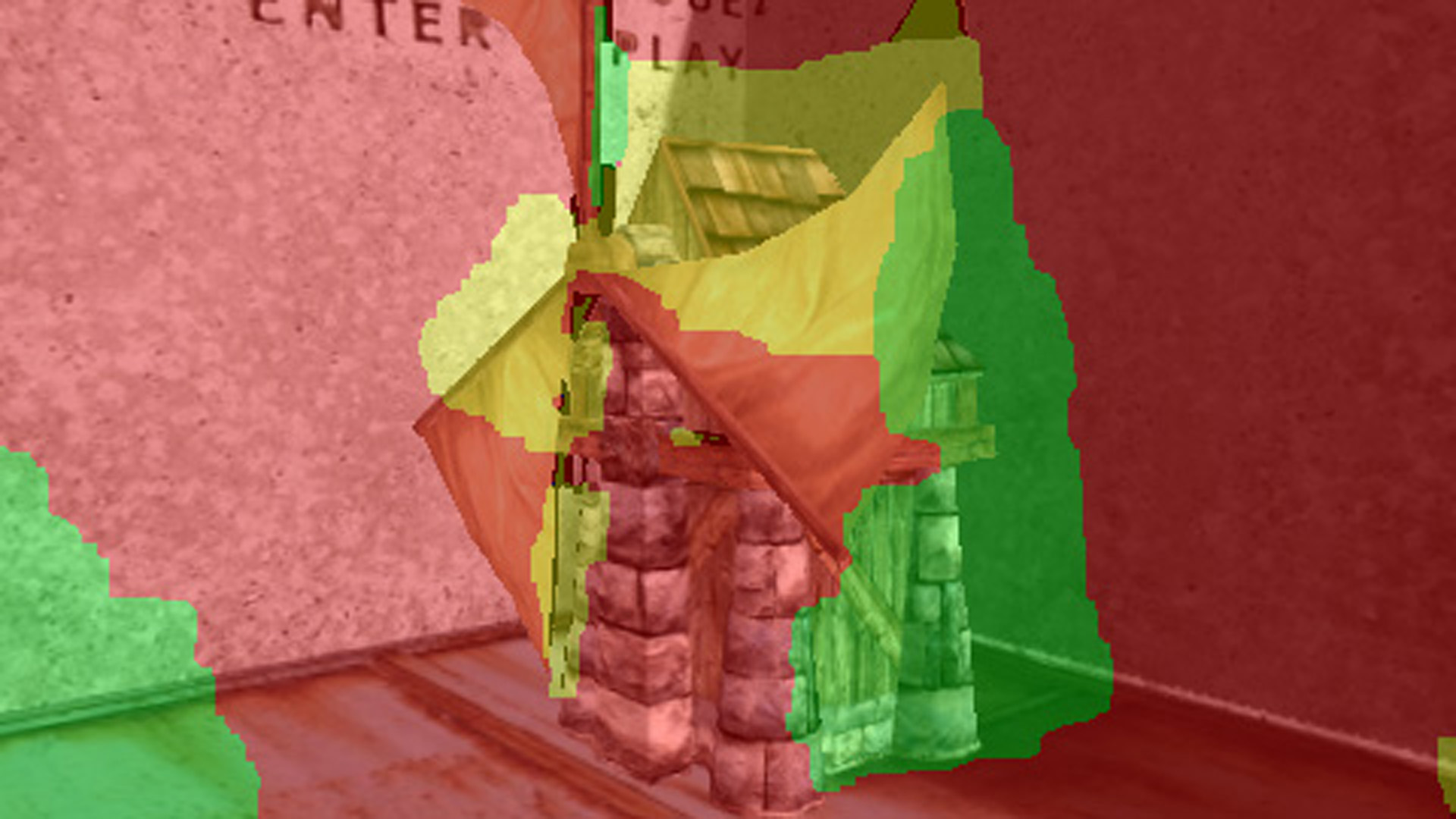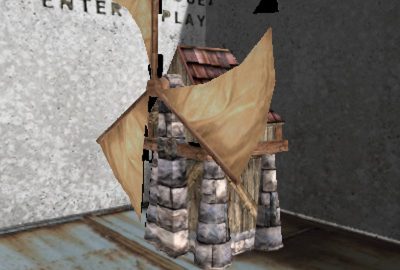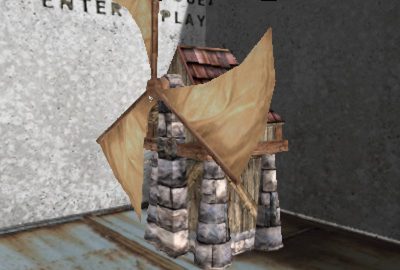“Multi-image interpolation based on graph-cuts and symmetric optical flow” by Linz, Lipski and Magnor
Conference:
Type(s):
Title:
- Multi-image interpolation based on graph-cuts and symmetric optical flow
Presenter(s)/Author(s):
Abstract:
Multi-image interpolation in space and time has recently received considerable attention. Typically, the interpolated image is synthesized by adaptively blending several forward-warped images. Blending itself is a low-pass filtering operation: the interpolated images are prone to blurring and ghosting artifacts as soon as the underlying correspondence fields are imperfect. We address both issues and propose a multi-image interpolation algorithm that avoids blending. Instead, our algorithm decides for each pixel in the synthesized view from which input image to sample. Combined with a symmetrical long-range optical flow formulation for correspondence field estimation, our approach yields crisp interpolated images without ghosting artifacts.
References:
1. Boykov, Y., Veksler, O., and Zabih, R. 2001. Fast approximate energy minimization via graph cuts. IEEE Trans. Pattern Anal. Mach. Intell. 23, 11, 1222–1239.
2. Mahajan, D., Huang, F., Matusik, W., Ramamoorthi, R., and Belhumeur, P. 2009. Moving Gradients: A Path-Based Method for Plausible Image Interpolation. ACM Transactions on Graphics 28, 3, 42:1–42:11.
3. Steinbruecker, F., Pock, T., and Cremers, D. 2009. Large Displacement Optical Flow Computation without Warping. In IEEE International Conference on Computer Vision (ICCV).
4. Stich, T., Linz, C., Albuquerque, G., and Magnor, M. 2008. View and Time Interpolation in Image Space. Computer Graphics Forum (Proc. of PG’08) 27, 7, 1781–1787.
5. Telea, A. 2004. An image inpainting technique based on the fast marching method. Journal of Graphical Tools Vol. 9, No. 1, 25–36.
Additional Images:
- 2010 Poster: Linz_Multi-image Interpolation based on Graph-cuts and Symmetric Optical Flow
- 2010 Poster: Linz_Multi-image Interpolation based on Graph-cuts and Symmetric Optical Flow








